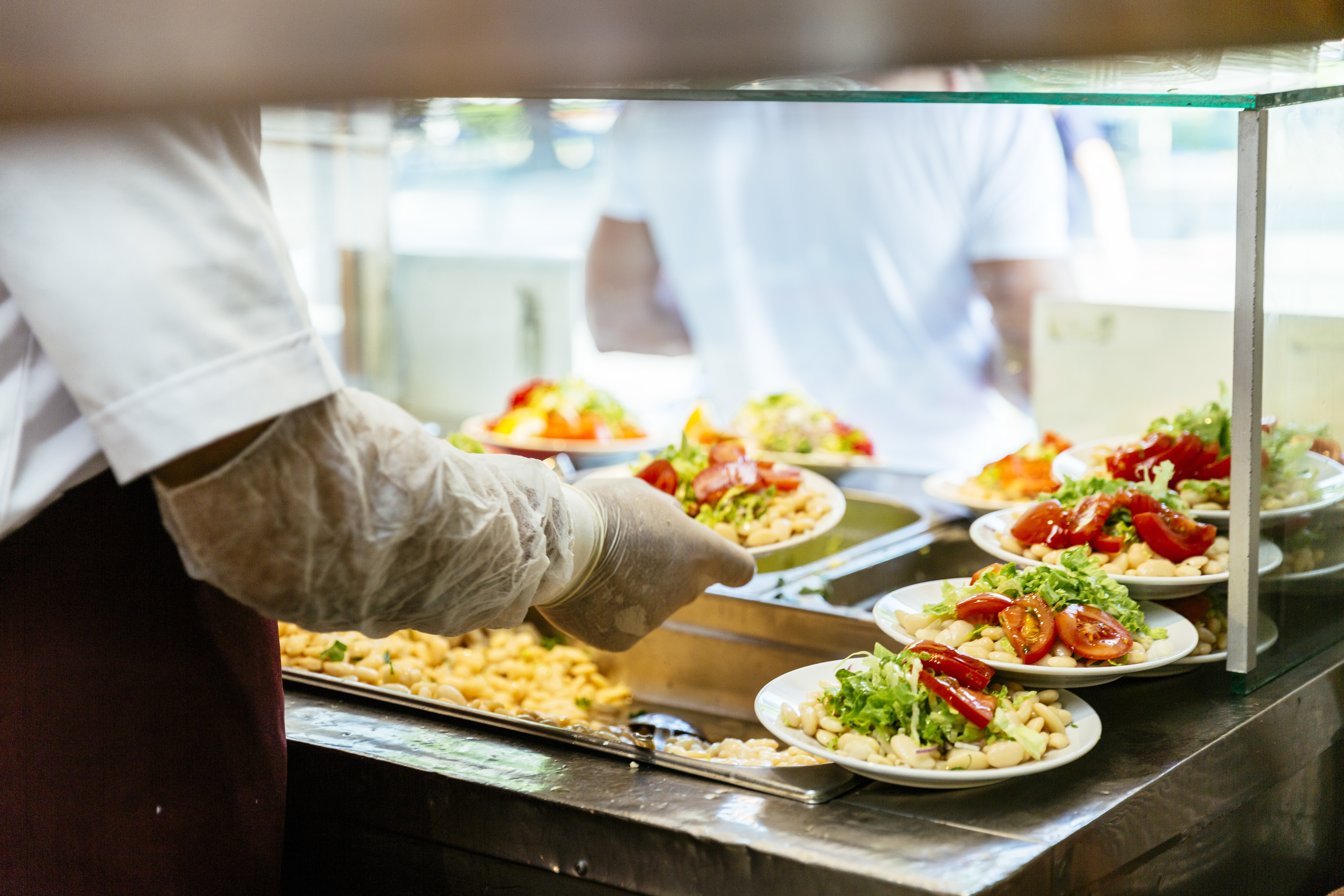If you’re in Istanbul and looking for meatballs—as you should be—head for the Sultanahmet neighborhood, not far from the famous Blue Mosque and Topkapi Palace.
It’s a rushed, noisy scene, says Gence Alton, Sonoma-based wine educator, Istanbul native son and meatball enthusiast who has spent many an evening in Sultanahmet Square. At night, lights blaze from the many small restaurants. In the kitchens, meat patties sizzle, puffs of smoke rising from the red-hot coals. out of doorways as locals and tourists walk by, glancing into the small dining rooms as they decide where to take their hungry stomachs.
Waiters help them out, calling out, “Authentic! Welcome! We have ayran, too,” a reference to the salty yogurt drink that is an ideal pairing. Many of the restaurants here go back decades, and staff smile with “the pride of generations and the confidence of deliciousness served here,” says Alton.
You succumb. You sit down. “The first thing they do is bring you plyaz, a white bean salad, which is not even optional,” Alton says with a laugh. No need to pore over a lengthy menu. The waiter simply asks, “How many portions?” You say double, triple if you’re hungry. “They kind of frown if you just say single,” Alton says.
Then, “they just bring out these heavenly, juicy, gorgeous little molded patties which are well-kneaded from just ground beef, onions and salt.”
And that’s just the Sultanahmet style of meatball, one of about 300 variations in Turkey that have been cooked in one form or another since a lot more to meatballs than the red-sauced Italian-American classic.

The meatballs, called kofte, go by various spellings. They are often (but not always) seasoned, ground patties made with beef and/or lamb. They are squashed flat, grilled, fried or even skewered, kebab-style, usually served with a simple yogurt sauce.
For our recipe, we used lean ground beef (a blend of lamb and beef would also be good) and opted to pan-fry our patties, which was both easier and gave us a crispy crust.
According to Alton, every cook has their own technique for creating thoroughly dried—almost dehydrated—minced onions in astounding amounts (as in 4-to-1 onion to beef). Others soak the meat in onion juice and milk to tenderize and add flavor.
To keep our meatballs moist, we used a panade, a bread-based paste mixed into ground meat. It’s a trick that prevents bits of meat from binding to each other, keeping the patties tender. It can also add flavor.
Because we planned to use pita bread to serve the patties, we used crumbled pita instead of breadcrumbs in the panade. And since we were making a yogurt dip as a sauce, we used that for the liquid in our paste. Whole-milk plain yogurt, not Greek-style, provided the right consistency. We also worked fresh mint into the patty for more flavor.
The cooked patties fit neatly into pita pockets with sliced tomato, cucumber, red onion and flat-leaf parsley. A tangy yogurt sauce—a simple mix of yogurt, tahini, salt and cayenne spiked with lime juice—provided a bright counterpart.
Alton likes to make kofte at home, but he’ll travel pretty far for the right meatballs. He and his wife have been known to drive three hours from Istanbul to Inegol, near the origins of his father’s side of the family, just for the meatballs served in the little parlors scattered around the tiny town. “They’re that good.”
Whether you’re in Istanbul, Inegol or points elsewhere, his best advice for tracking down good meatballs: Ask around.
“In every locality in Turkey, there’s a tiny, insiders-only meatball joint.”




